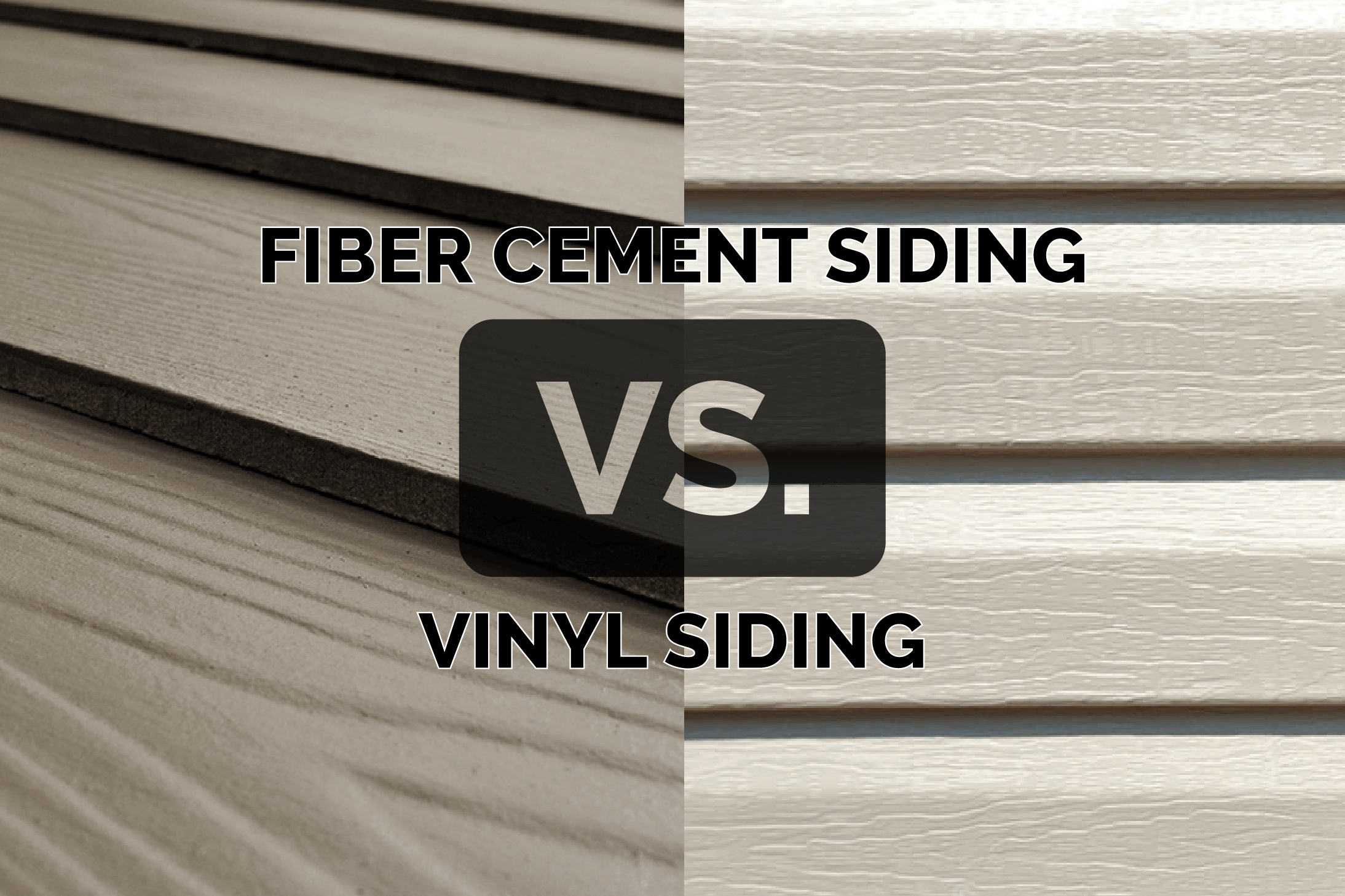There are many siding options available today that will give your home an attractive exterior and protect it from the weather. However, two popular products are fiber cement siding and insulated vinyl siding. We will be comparing Insulated Vinyl Siding to Fiber Cement in this article to help you decide which is best for your project.
Composition
Insulated vinyl siding is made up of rigid, contoured insulation that is permanently attached to vinyl siding. Fiber cement siding is made up of a mixture of cement, sand and cellulose fibers. An independent Life Cycle Assessment revealed that insulated vinyl siding has a lower environmental impact than fiber cement. This is second only to cedar and traditional vinyl siding.
Appearance
Fiber cement and insulated vinyl siding are both designed to look like traditional wood siding planks. Both can be used to cover exterior walls and improve the appearance of your home.
Insulated vinyl siding offers more design options than fiber cement. You can choose from clapboard, dutchlap or board and batten as well as shakes, scallops and panels that look like log cabins. There are many accessories available to complement the look of your home. Vinyl siding with insulation is typically thicker than normal, creating shadow lines that mimic the look of real wood.
Fiber cement is available in planks and shingles as well as flat boards for vertical applications. You can choose to have it pre-painted or stained, and you can paint it any color that you like. Fiber cement is available in a variety of colors. However, insulated vinyl siding can be purchased in hundreds of colors.
Energy Efficiency
R-value is the resistance to heat flow. This value measures insulation product’s energy efficiency. The greater the insulation power, the higher the R-value. Tiny air pockets within the insulation resist heat transfer. The r-value is determined by how many air pockets there are in insulation.
Insulated vinyl siding can have an r-value between 2.0 and 3.5 depending on the brand. Insulation that is thicker than the rest helps to reduce energy consumption and lower utility bills. Check out this article that explains how much insulated vinyl siding can reduce your utility bills and cost.
Fiber cement is low in energy consumption at.15 R-value. However, it can be used with fanfold or other insulation products to increase the r value of the entire siding system.
Durability
Both insulated vinyl siding and fiber cement are durable options for exterior solutions. Fiber cement can be hard to touch but is more heavy and made from a cementitious material so it can be susceptible to cracking or chipping. It can also be used as an absorptive coating, which means it can absorb moisture. This can cause problems like rot.
Insulated vinyl siding is made from a tough plastic material that resists water damage, cracking, and chipping. Insulated vinyl siding offers superior impact resistance, unlike traditional vinyl siding. The siding is protected from hail damage, rocks from the lawnmower or neighbor’s baseball by the contoured foam insulation.
Maintenance
Insulated vinyl siding is the most maintenance-friendly of all the siding options. Fiber cement needs to be sealed and painted regularly in order to preserve its beauty and protect it from the elements. This can be expensive and time-consuming.
Vinyl siding with insulation is easy to clean using a garden hose and soapy water. It will remain in its original state for many years.
Cost
Prices for fiber cement or insulated vinyl siding may vary depending on where you live, the options that you choose, and your home’s design. Insulated vinyl siding can be purchased for between $4.00 and $12.00 per square feet.
According to the 2015 Remodeling Magazine Cost and Value Report, 12.5 squares fiber cement siding cost $14,014 while foam-backed vinyl siding was $15,184. It is important to note that insulated vinyl siding doesn’t require costly, routine maintenance like painting or caulking. This can cost as much as $6,000 per Home Advisor.
Insulated vinyl siding is also energy efficient and can lower your monthly utility bills. This will significantly reduce the cost of your project.
Installation
Fiber cement siding is strong and durable once it has been installed on the wall. However, it can be fragile during shipping and installation on the jobsite. Fiber cement siding requires two people to install all panels. Insulated vinyl siding can be done with one person.
Many popular brands of fiber cement can also produce silica dust from cutting them. Silica dust can cause a potentially fatal condition called bronchitis. Installers should use a respirator to cut the panels. Insulated vinyl siding, on the other hand, can be cut using snips and a circular saw. It does not require any special safety equipment.
Warranty
Your siding brand and profile will determine the warranty that you get for your project. Many insulated vinyl siding companies offer warranties that last for 30, 40, 50, or more years. We offer a lifetime warranty. This doubles the average coverage. Many fiber cement companies offer a 30-year warranty.
Summary
You can achieve beautiful exteriors for your home with both fiber cement siding and insulated vinyl siding. Insulated vinyl siding will perform better in terms of energy savings, durability, and low maintenance. Fiber cement can give you a unique look. However, it will need to be maintained over time.
When deciding between fiber cement siding and insulated vinyl siding, it is important to consider the specific circumstances of your project.

